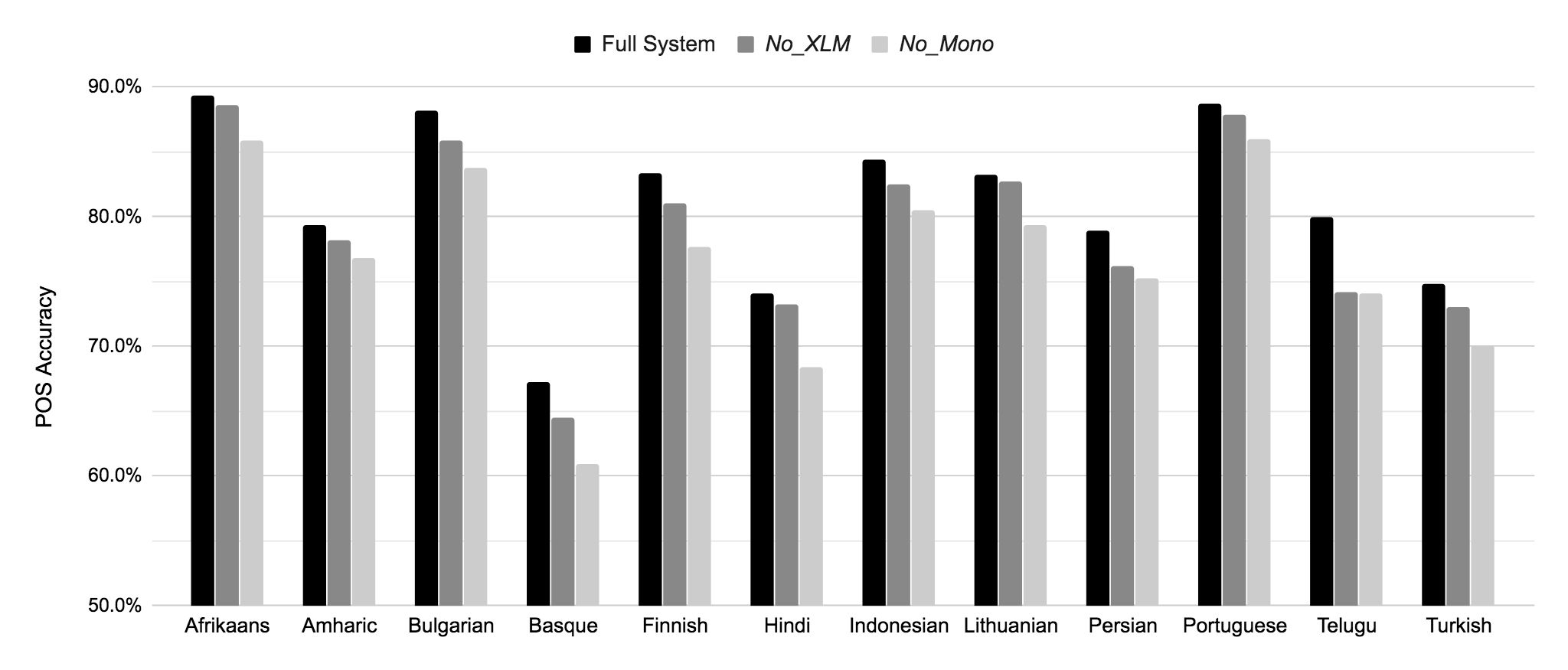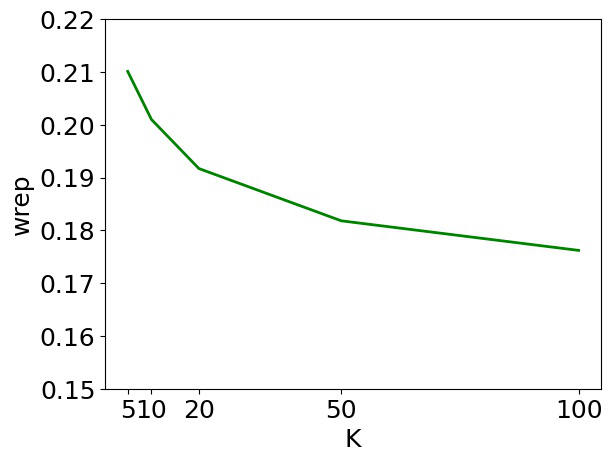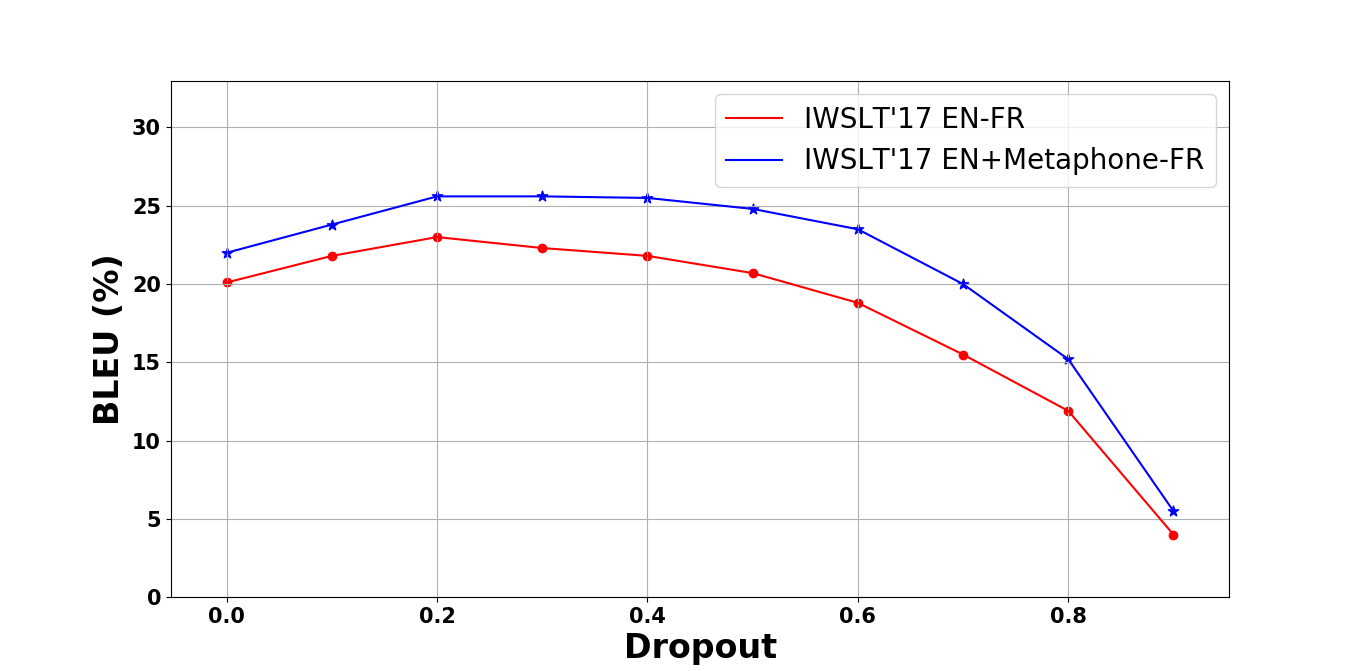Sparse Transcription
Steven Bird
Speech and Multimodality Cl Paper

You can open the pre-recorded video in a separate window.
Abstract:
The transcription bottleneck is often cited as a major obstacle for efforts to document the world’s endangered languages and supply them with language technologies. One solution is to extend methods from automatic speech recognition and machine translation, and recruit linguists to provide narrow phonetic transcriptions and sentence-aligned translations. However, I believe that these approaches are not a good fit with the available data and skills, or with long-established practices that are essentially word based. In seeking a more effective approach, I consider a century of transcription practice and a wide range of computational approaches, before proposing a computational model based on spoken term detection which I call “sparse transcription.” This represents a shift away from current assumptions that we transcribe phones, transcribe fully, and transcribe first. Instead, sparse transcription combines the older practice of word-level transcription with interpretive, iterative, and interactive processes which are amenable to wider participation and which open the way to new methods for processing oral languages.
NOTE: Video may display a random order of authors.
Correct author list is at the top of this page.
Connected Papers in EMNLP2020
Similar Papers
Unsupervised Cross-Lingual Part-of-Speech Tagging for Truly Low-Resource Scenarios
Ramy Eskander, Smaranda Muresan, Michael Collins,

SLURP: A Spoken Language Understanding Resource Package
Emanuele Bastianelli, Andrea Vanzo, Pawel Swietojanski, Verena Rieser,


